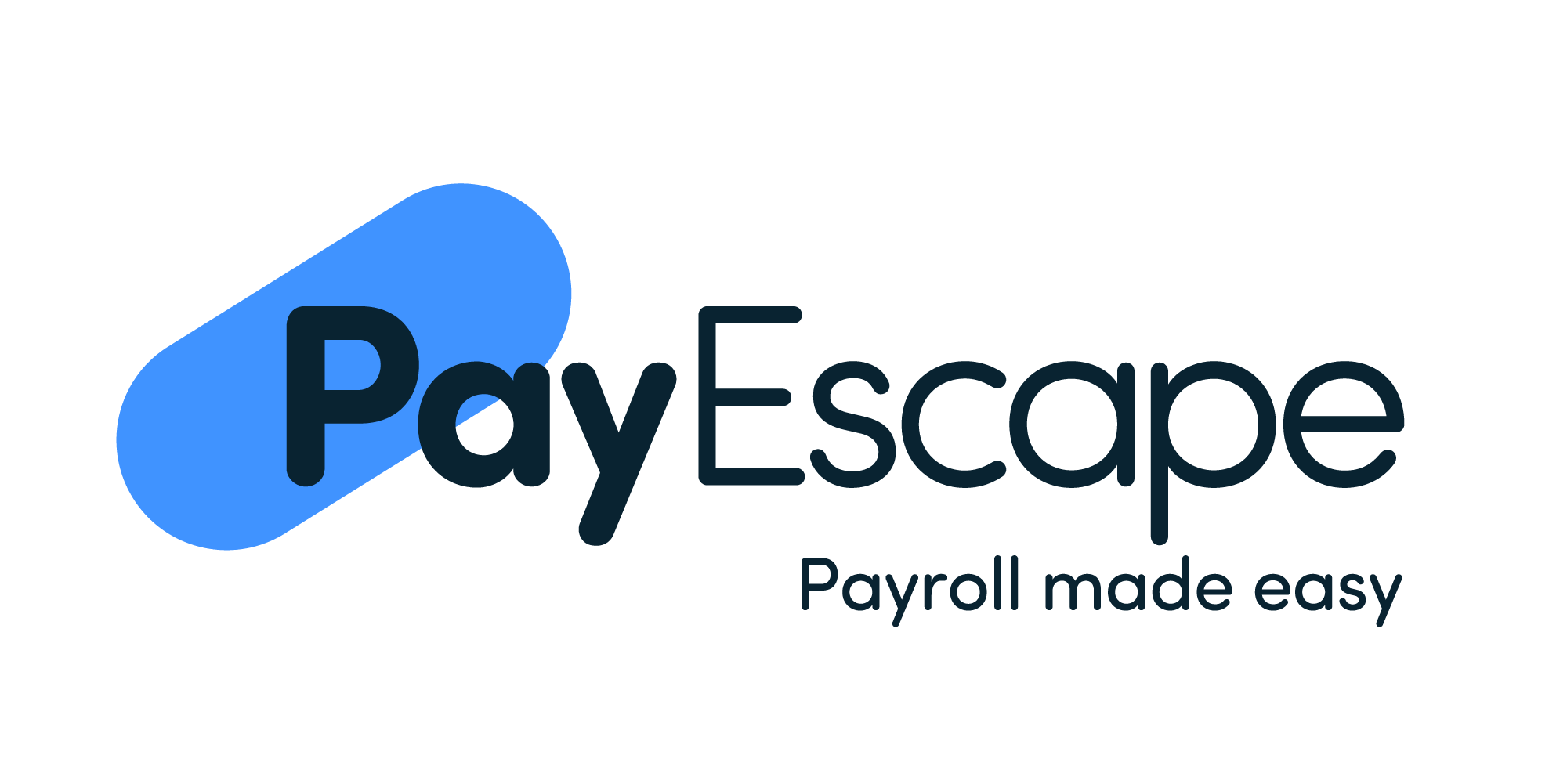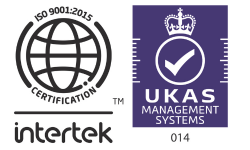National Insurance contributions play a critical role in funding public services, such as healthcare, pensions, and unemployment benefits in the UK. Employers and individuals alike are responsible for ensuring that NI contributions are calculated accurately and paid on time.
However, National Insurance calculations aren’t always correct, the complexity of National Insurance rules and thresholds often leads to mistakes in calculations within businesses leaving employees questioning their take home pay, errors can result in overpayments, underpayments, and even penalties from HMRC.
What are the top mistakes businesses can make?

As payroll and HR specialists, we know the importance needed to stay on top of compliance within your business. Below we have put together common mistakes that can be made in National Insurance calculations, if you need further advice please get in touch with one of our Payroll experts and see how payroll management can help your business.
1. Incorrect Employee Classification
One of the most frequent mistakes in NI calculations is incorrect employee classification. Employees are classified into different categories, and each category is subject to different NI rates.
For instance, employees under 21 or apprentices under 25 have reduced National Insurance contributions. Failing to classify employees correctly can lead to overpayment or underpayment of contributions.
Examples of employee classification categories:
- Category A: Standard employees
- Category B: Married women and widows entitled to reduced rates
- Category C: Employees over the State Pension age
- Category H: Apprentices under 25
- Category M: Employees under 21
How to avoid this mistake: Ensure that employee categories are correctly entered into payroll systems. Conduct regular reviews of employee information, especially when there are changes in their status, such as age or apprenticeship status.
2. Miscalculating Earnings Thresholds
National Insurance contributions are based on earnings thresholds, and these thresholds are subject to change each tax year. There are primary thresholds (the point at which employees start paying NI) and secondary thresholds (the point at which employers start paying NI on behalf of employees). Miscalculating these thresholds can result in incorrect deductions.
For example, in the 2024/25 tax year, the primary threshold is £242 per week, and the secondary threshold is £175 per week. If these thresholds are misapplied, either too much or too little National Insurance may be deducted.
How to avoid this mistake: Use up-to-date payroll software that automatically adjusts for new thresholds each tax year. Make sure that your payroll team is aware of the current thresholds and any planned changes from HMRC.
3. Failing to Adjust for Employee Contributions
Employee contributions to National Insurance need to be adjusted whenever their circumstances change. This includes salary increases, changes in employment status, or participation in salary sacrifice schemes. One common error is failing to account for an employee who has moved into a higher earnings bracket.
For example, an employee receiving a pay rise that pushes their earnings above the upper earnings limit may see their NI rate change from 12% to 2% on earnings above that limit.
How to avoid this mistake: Set up automatic alerts in your payroll system for any changes in employee salary or employment status. Regularly review employee earnings to ensure they are in the correct contribution bracket.
4. Not Including All Pay Elements
National Insurance calculations must account for all types of pay and benefits, including overtime, bonuses, and certain benefits in kind (e.g., company cars, accommodation). A common mistake is omitting these elements when calculating NI contributions, which can result in underpayments and potential penalties.
For example, an employee’s annual bonus or commission should be included in the calculation of their NI contributions for the pay period in which it is earned. Failing to do so could lead to discrepancies between reported income and actual income.
How to avoid this mistake: Ensure that your payroll systems capture all forms of employee earnings and benefits. Conduct regular audits of payroll to ensure that all pay elements are included in NI calculations.
5. Incorrect Treatment of Directors’ National Insurance Contributions
Directors’ National Insurance contributions are calculated differently from regular employees. Their NI contributions are based on an annual earnings period rather than weekly or monthly periods. Some employers mistakenly apply the standard employee thresholds to directors, which can lead to incorrect NI deductions.
How to avoid this mistake: Understand the specific rules for directors’ National Insurance and ensure that payroll systems apply the correct annual thresholds. Many payroll software solutions have specific settings for directors, which should be used to avoid this error.
6. Overlooking National Insurance for Off-Payroll Workers (ir35)
IR35 and off-payroll working rules require businesses to assess whether contractors working through an intermediary (e.g., a personal service company) should be classified as employees for tax purposes. If a contractor falls within the IR35 rules, the company paying them is responsible for deducting National Insurance contributions.
A common mistake is failing to apply NI to contractors who are subject to IR35. This can lead to underpayment of NI, and the company may face penalties or additional charges from HMRC.
How to avoid this mistake: Regularly assess the status of off-payroll workers to determine whether they fall within IR35. Consult with tax professionals or use PayEscape’s Employment Status Service (ESS) tool to help determine the correct classification.
7. Late or Incomplete Reporting to HMRC
Employers are required to report payroll information, including National Insurance contributions, to HMRC in real-time. This means that each time an employee is paid, employers must submit a Full Payment Submission (FPS) to HMRC. If these submissions are late or incomplete, employers may face penalties, and it can complicate the reconciliation of NI payments.
How to avoid this mistake: Set up a clear payroll schedule and make sure that payroll staff are aware of deadlines for submitting information to HMRC. Use payroll software that automatically generates and submits FPS reports to HMRC on time.
8. Not Adjusting for National Insurance Holiday Schemes
The UK government occasionally introduces National Insurance holiday schemes aimed at incentivising certain types of hiring. For example, employers hiring new employees under a specific scheme (such as those under the age of 25) may be eligible for a reduction or “holiday” from paying employer’s NI contributions. However, some employers either fail to apply these reductions or incorrectly apply them, missing out on potential savings or miscalculating their liability.
How to avoid this mistake: Stay informed about government schemes and ensure your payroll system is configured to apply NI holidays correctly. Review your eligibility for such schemes and consult with an HR or payroll specialist if necessary.
9. Manual Calculations Leading to Errors
Some businesses still rely on manual calculations for payroll and NI contributions. Given the complexity of National Insurance rates, thresholds, and rules, manual calculations are prone to errors. Even small mistakes in entering data or applying rates can lead to significant issues.
How to avoid this mistake: Use reliable payroll software to automate National Insurance calculations. Payroll software is designed to handle the complexities of NI contributions, and it will automatically update to reflect changes in legislation and thresholds.
10. Misinterpreting Salary Sacrifice Schemes
Salary sacrifice schemes allow employees to exchange part of their salary for benefits, such as pension contributions, cycle-to-work schemes, or childcare vouchers. These schemes can reduce both the employee’s and the employer’s National Insurance contributions. However, errors often occur when employers fail to apply the correct adjustments to the employee’s gross salary or misinterpret how salary sacrifice affects NI calculations.
For example, if an employee opts for a salary sacrifice that reduces their earnings below the NI threshold, the employer must ensure that the correct contributions are still made. Incorrect management of these schemes can result in underpayment or overpayment of National Insurance.
How to avoid this mistake: Ensure that salary sacrifice schemes are clearly communicated to employees and that payroll systems correctly reflect any adjustments. Regularly review salary sacrifice agreements to ensure compliance with HMRC rules.
Go mistake free in the future
Errors in National Insurance calculations can have serious financial and legal consequences for businesses. Overpayments can strain cash flow, while underpayments can lead to penalties and additional liabilities. To avoid these issues ensure that business payroll systems are up to date, and regularly review employee classifications and earnings.
Automated payroll software, like PayEscape can significantly reduce the risk of errors by handling the complexity of National Insurance calculations, updating thresholds automatically, and generating accurate reports.
Regular audits and consulting with HR or payroll experts can also help ensure compliance and accuracy. By being proactive and vigilant, businesses can minimise the risk of mistakes in National Insurance calculations and avoid the financial and administrative headaches that come with them. Get in touch with a member of PayEscape today and find out more about how outsourcing your payroll can help.















